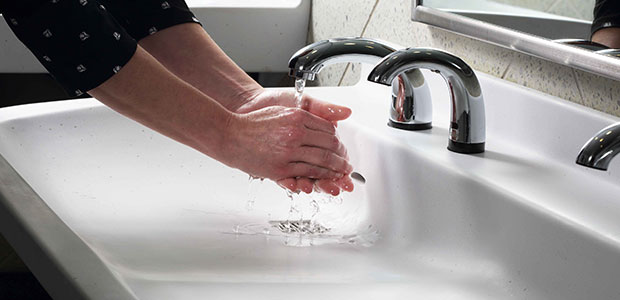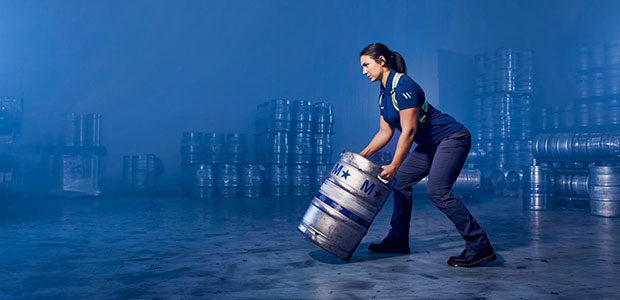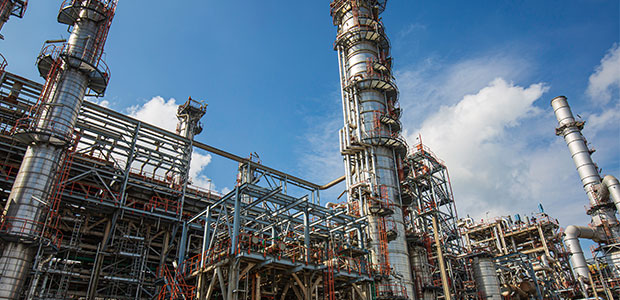
Washing your hands is more important than you might think--especially during flu season.

As the presidency has continued, more and more people wonder if Trump’s presidency favors employers over workers and their rights.

People have been trying to solve the problem of musculoskeletal injuries for years. However, ergonomics is simply not the whole answer.
On Jan. 21, the Department of Labor (DOL) celebrates the 1970 OSH Act with “Protecting the American Workforce Campaign.”

Combustible dust is a prominent threat in many workplaces, and it’s no wonder OSHA has a number of regulations and standards on the topic. Here is what you need to know about the hazards, causes, and risks of combustible dust in the workplace.
Injury and illness recordkeeping are important for every employer to stay compliant. Don’t miss the deadline.

Firefighters, police officers, and other first responders never know what a day on the job is going to look like. Many of these people deal with high levels of trauma, and their mental health record is taking a toll.
The Voluntary Protection Programs Participants' Association (VPPPA) recently announced a charity campaign to raise awareness about mental health and mental health resources.

Many are calling the Pregnant Workers Fairness Act ‘long overdue’—and it has advanced with bipartisan support to the House floor for a vote. Here’s what you need to know as employer or pregnant employee.
On Jan. 15, OSHA raised its civil penalties by approximately 1.8 percent, which seems like a steep change. Still, though, new analysis shows that companies are using the abatement process to dramatically lessen their charges.
A $2,000 tuition award will go to a female student interested in pursuing EHS or a related field.

Nursing faculty from Purdue University in Indiana raised their own alert on vaping products last months after the CDC confirmed Indiana as the leading state for vape-related deaths.
OSHA cited a Wisconsin manufacturer for exposing employees to high rates of lead and copper dust. The company is facing $171,628 in penalties.

Did you know that your biggest daily exposure to air pollutants comes while driving to work? A recent study from the University of California gives tips on how to best clean the air inside your car.
A 15-year-old worker suffered fatal injuries after a fall at a work site in Alabama. The company is facing $159,118 in penalty fines from OSHA.

Public comment has been requested on NIOSH’s 2020-2029 draft for motor vehicle safety. It aims to minimize work-related vehicle crashes as usual, but here are its new and different focuses.

Since the lockout at a Co-op refinery began on Dec. 5, the provincial labour ministry has not received any reports of injuries or dangerous occurrences. Yet, OHS officers have not visited the Regina refinery since the lockout began.